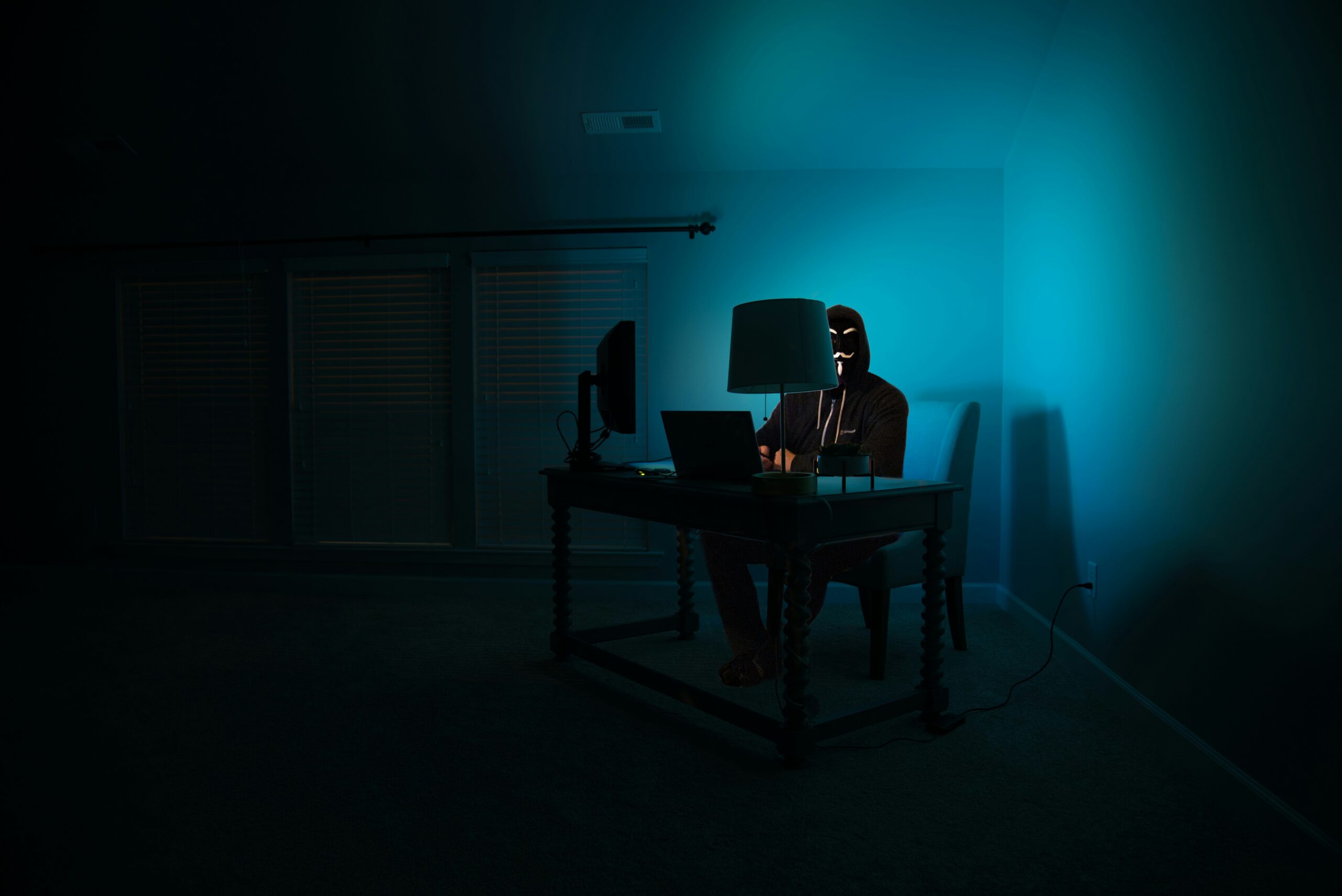The stage has officially been set for one of the largest biotech patent disputes to date. The stakes are high in this clash between scientific powerhouses: a potential Nobel Prize, the patent rights to a breakthrough gene-editing process, and (of course) a lot of money for the research institution involved.
On one side of this battle stands Feng Zhang, a bioengineer and professor from the Broad Institute of MIT and Harvard. On the other is Jennifer Doudna, a molecular biologist and professor from the University of California, Berkeley.
The United States Patent and Trademark Office (USPTO) commenced an interference proceeding to determine which institution will reap the rewards. On January 11, 2016 the USPTO declared its interference in response to the Suggestion of Interference filed on behalf of the Regents of the University of California, the University of Vienna, and Emmanuelle Charpentier (a microbiologist who collaborated with Doudna on the project).
You may be wondering why the parties were able to ask for an interference proceeding post-AIA. That is part of what makes this case so complicated. Before President Obama signed the Leahy-Smith America Invents Act (AIA) in 2011, the U.S. patent system operated on a first-to-invent system. This meant that inventors had to keep diligent records of their work to prove that they were the first to “reduce the concept to practice.”[1] The AIA took effect on March 16, 2013, meaning that any application filed after that date would be subject to the new—much cleaner—“first to file” system. The “first-to-file” system also eliminated the need for interference proceedings. This case, because of the timing, falls squarely into the inevitable gray area that comes out of the change in the law.
There is no contest that Doudna was the first to file for a patent covering the use of CRISPR-Cas9 to edit genetic code. The problem is that she filed on March 15, 2013– meaning that the first-to-file system would not apply to her application. Zhang then filed on October 15, 2013 (7 months later). Because of this, the USPTO now has the enormous task of determining who was truly the first to invent the gene-editing use of CRISPR-Cas9. Because it filed second, the Broad Institute is named as the “junior party” in the interference proceeding. This means that they must show that Zhang was actually the first to invent.
Let’s take a step back. CRISPR is an acronym that stands for Clustered Regularly Interspaced Short Palindromic Repeats. CRISPR refers to the organization of DNA sequences found in the genomes of microorganisms, but the term has been used to refer to the CRISPR-Cas9 system. Cas9 is an enzyme produced by the CRISPR system that has the ability to shut a targeted gene off.[2] In short, we are looking at technology that can edit the DNA sequence. The implications of the technology spark a separate–larger–debate about whether and how it may be used to edit human DNA (read: designer babies).[3] Of course, it may also prove to be life-saving, allowing doctors to correct the genes of children who would be born with debilitating disorders. But that line becomes very blurry, very quickly. Keep in mind that one of the two institutions named above (Broad or Berkeley) will inevitably have the power to license the technology and set limitations (or, alternatively, refuse to set limitations) on its use. There is currently no regulatory framework governing CRISPR research or technology, although Zhang and Doudna have voiced support for a framework governing its use in people.[4] As I said, the stakes here are high.
So, what is the likely outcome?
According to patent attorney and founder of the IPWatchdog Blog Eugene Quinn, the rules favor the senior party. Here that is Doudna, as she was the first to file the patent. To prevail in the interference proceeding, the junior party must “come up with proof that they conceived of an invention and reduced it to practice first.”[5] Evidence in this type of proceeding would include dated, signed (notarized) lab notebooks.[6] Without this kind of evidence, Quinn says, Zhang will lose. And if there is a tie, he says, it goes to the senior party.
Lawyers on both sides will offer every argument available, and are currently attempting to end the interference before it even begins by arguing threshold issues. The court has granted Broad the opportunity to argue that there is nothing to actually dispute since Zhang’s invention goes beyond Doudna’s. If that threshold argument does not suffice, then Broad will have to argue (and show) that Zhang actually did invent first. Of course, Broad has many other backup arguments as well. As for Berkeley, judges have granted them the opportunity to argue for a reworded count, presumably to include more, to make it a “winner-take-all fight.”[7] This leaves Berkeley with the crucial decision of how to word the new count.
The outcome of the threshold issues is impossible to predict; regardless of which side does eventually prevail, it will probably not be the end of the road for this dispute. The loser will likely appeal to the U.S. Court of Appeals, and exhaust every legal resource available. Other parties with similar technology may also assert claims down the road. In sum, keep a lookout for updates, but don’t hold your breath for a speedy outcome.
Katie Thalen is a second-year law student at the Benjamin N. Cardozo School of Law and a Staff Editor of the Arts & Entertainment Law Journal. She will be the Executive Editor of Volume 35 of the AELJ.
[1] https://www.broadinstitute.org/what-broad/areas-focus/project-spotlight/journalists-statement-and-background-crispr-patent-interfer
[2] https://www.broadinstitute.org/what-broad/areas-focus/project-spotlight/questions-and-answers-about-crispr
[3] http://www.nature.com/news/should-you-edit-your-children-s-genes-1.19432
[4] http://phys.org/news/2016-04-crispr-dispute-bigger-patent-issues.html
[5] https://www.statnews.com/2016/03/08/crispr-patent-fight/
[6] http://www.nature.com/news/how-the-us-crispr-patent-probe-will-play-out-1.19519
[7] https://www.genomeweb.com/gene-silencinggene-editing/crispr-patent-interference-parties-argue-over-what-argue-about



